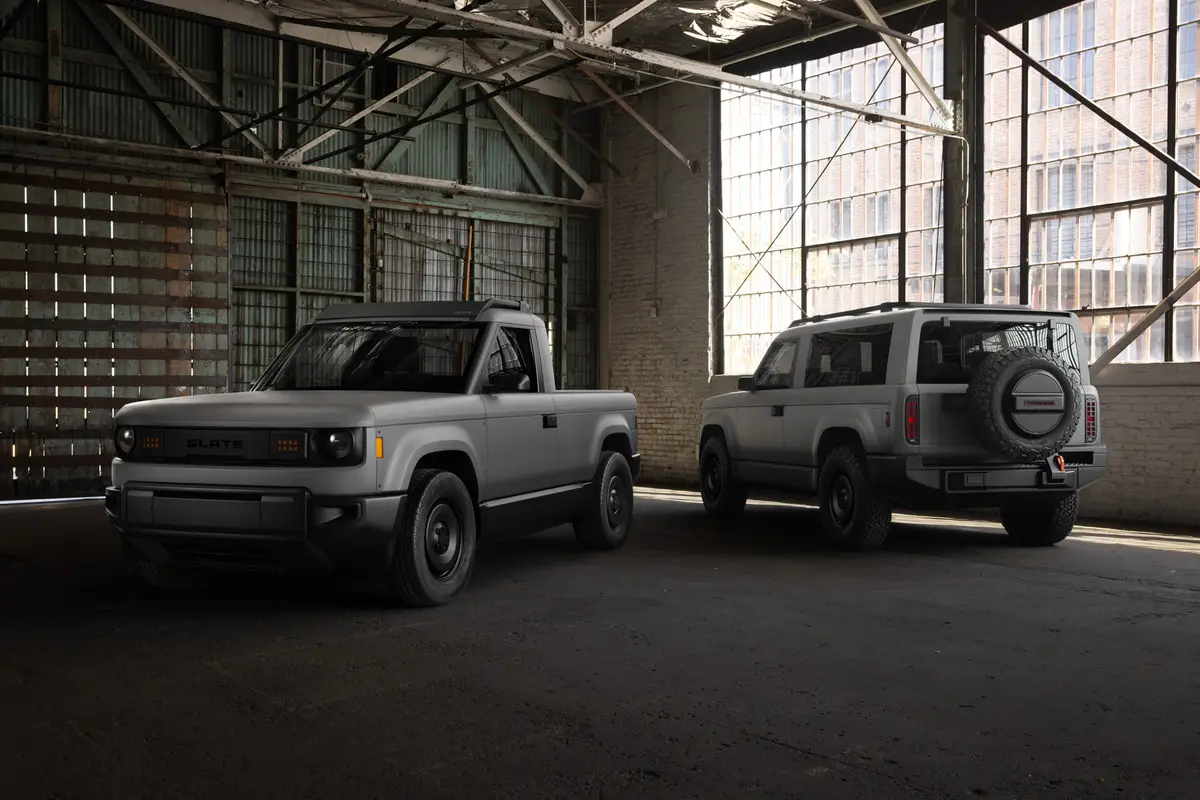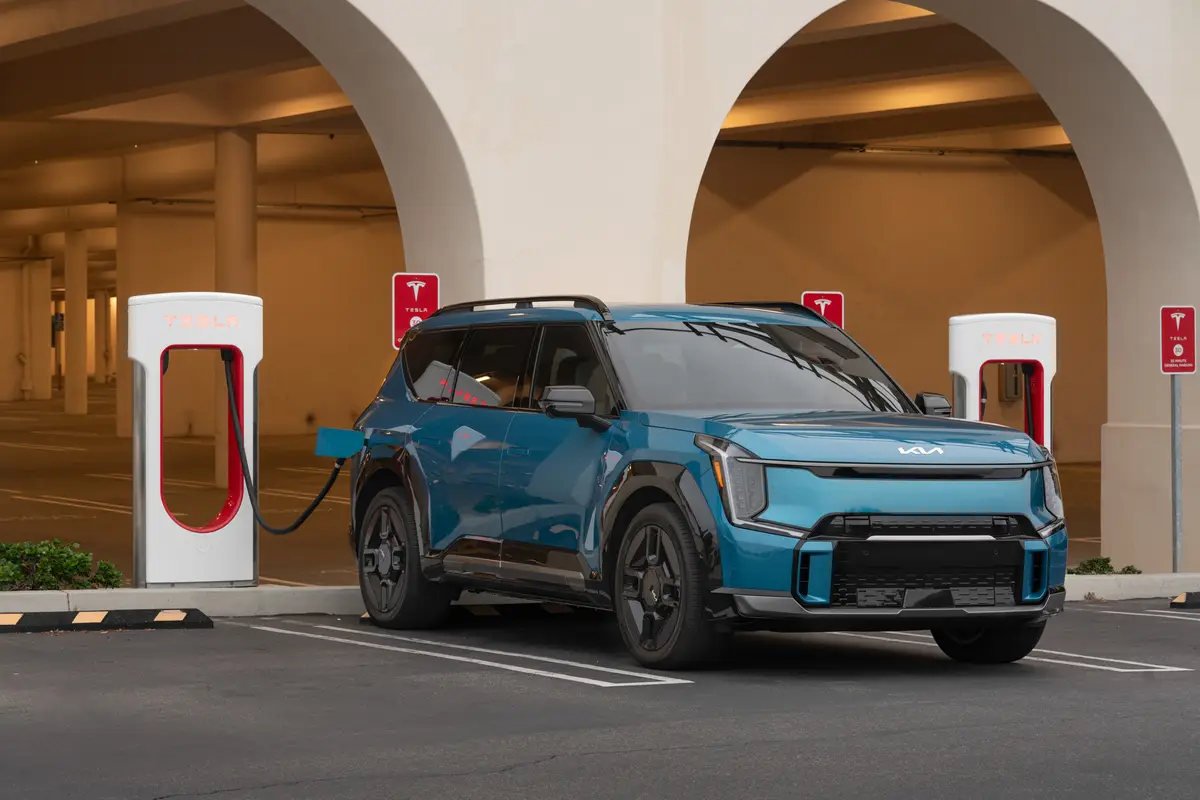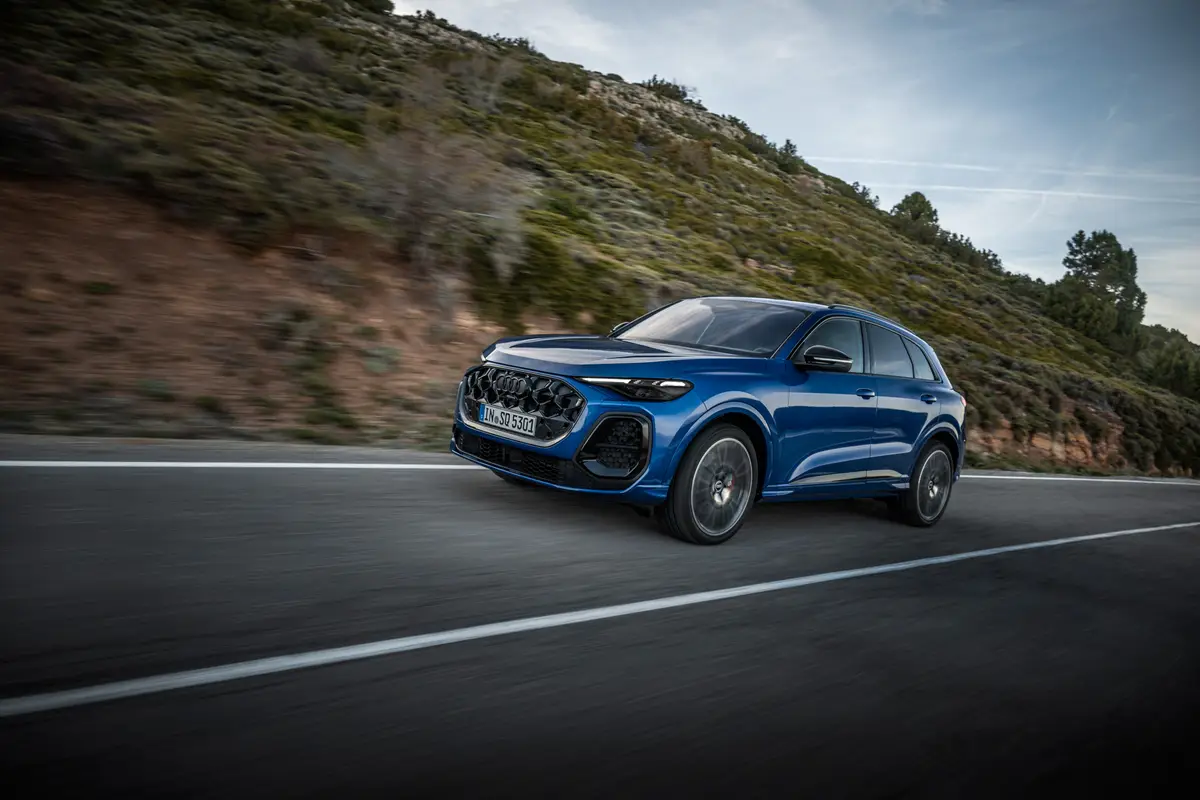IndyStar.com's view
More than 50 years ago, Edsel Ford, son of Henry Ford, more than likely never realized he was setting the wheels of futuristic styling in motion.
Ford, and Ford Motor’s chief stylist Bob Gregorie, designed a breathtaking car they called the Continental. It was a model that proved so popular it was put into production in 1940.
The 1995 progeny of that first automobile has been on display in the Indianapolis Auto Show (which continues today and Monday at the Indiana Convention Center and Hoosier Dome), and makes an appearance at the Detroit International Auto Show and the Greater Los Angeles Auto Show on Saturday. From local consumer reaction, the ’95 Continental is going to be as sensational as any of its predecessors.
A Lincoln Continental always has been an upstream set of wheels. Over the years not all of the models were the epitome of motorized styling and design. But with this new model, the Lincoln- Mercury Division has itself a real bell ringer.
The car has looks, the advanced mechanicals, and the resulting performance characteristics.
The most important step Lincoln has taken with the new Continental is to pull out its previous V-6 engine and replace it with a V-8. And what an engine to power Lincoln’s first front-wheel drive V-8.
The motor is a new, all- aluminum InTech V-8 that features four overhead cams and four valves per cylinder. The potent 4.6-liter (281-cubic inch) produces 62 percent more power that the V-6 it replaces.
“It needed a V-8, badly,” said Tom Roush, head of Tom Roush Lincoln-Mercury-Mazda. “There just wasn’t enough ‘umph’ with the V-6.
“I drove the car a couple of weeks ago at the proving grounds, and there’s all the difference in the world.”
There was nothing wrong with the V-6. It was a good, reliable engine. But a car bearing the Lincoln name should be powered by eight cylinders. And the Ford Motor Co. has taken its best shot with this one.
To ensure that overall performance matches the powerplant, the V-8 is mated to a non-synchronous- shifting four-speed automatic transmission.
Basically, in this design the transmission doesn’t time the gear shifts. A special clutch plate has been added to automatically make the gears shift when the onboard controlling computer asks for the next shift.
The end result is the transmission does not have to time two clutches to shift from one gear to another, and this provides seamless shifting. All in all, it’s a really slick system.
In addition to having the transmission shift smoothly, Lincoln’s engineering people have designed a front end that pulls in a straight line, something not always present when running a lot of power through front-wheel drive.
Another important factor about the ’95 Continental is it is wearing a new suit of clothes. And like the engine, what a suit.
Some of the previous Continentals have been classic examples of outstanding styling, others didn’t do too much for you. But the lines and looks of this new one are designed to tur n heads.
It’s pretty obvious that aerodynamics played a major role in sculpting the lines of the car. Stylists have come up with a look of contemporary elegance, along with a coefficient of drag of 0.32. Body paneling consists of a continuous flow of blending curves, highlighted by body-colored facings, door handles and body side mouldings. An interesting touch is that for driver and passenger comfort there is a continuous interior airflow exit built into the rear bumper.
The instrumentation layout is pretty much state-of-the-art, consisting of a four-gauge panel that holds the speedometer, a tachometer, and temperature and fuel gauge. Likewise, climate and stereo controls are grouped just to the right of the steering wheel in what has become standard mounting positions.
For the gadget lovers, the Continental also has a Lincoln umbrella in its own storage pouch, an overhead extendable coat hook, and an overhead console sunglass holder. If you don’t like all those li ttle trick it ems, there’s just not too much that can make you happy.
There is virtually an unending list of accessories that do everything for you but steer. There is a memory system for varying the steering effort, setting the ride firmness, adjusting the outside mirrors, locking the doors, adjusting the seating position, and on and on.
“Everybody who has driven this car just thinks it’s fantastic,” Roush said. “It’s so easy to drive, yet gives that solid feeling of safety and control.”
The 1995 Lincoln Continental builds on the heritage of a classic marque. I’d have been pretty disappointed if they had built a car that didn’t enhance that heritage. But out of the gate I’d say it is going to be as distinguished as the best of its predecessors.
1995 Lincoln Continental Base price: $40,750Type: Front-engine, front-wheel-drive, five-passenger luxury sedanEngine: 4.6 liters, DOHC V8, 32 valves, fuel-injected, 260 horsepower, 265 foot-pounds of torqueTransmission: Four-speed automaticMileage: 17 mpg city/25 mpg highwayAcceleration: 0-60 mph in 7.2 secondsDimensions: wheelbase 109.0 inches, length 206.3 inches, width 73.3 inches and height 55.9 inchesCurb weight: 3,969 pounds.Options: JBL stereo system, CD changer, moon roof, cellular phone, traction control, heated seats, automatic dimming mirror with compass, chrome wheels, anti- theft system, cargo storage system
Latest news



